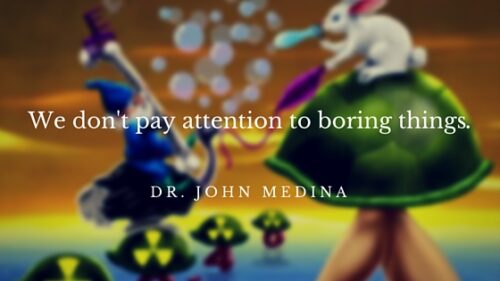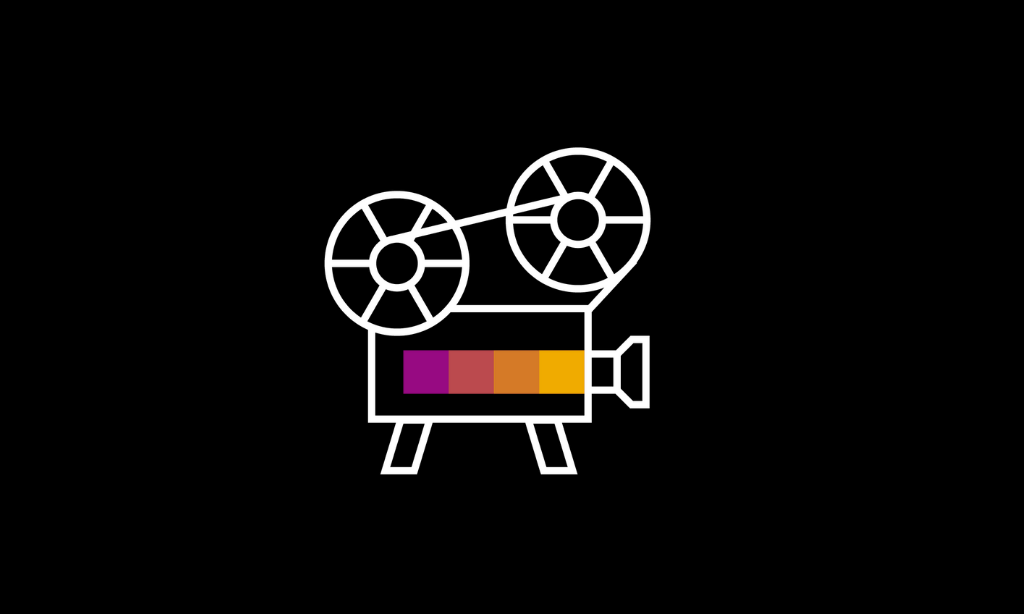How to Improve Learning Retention by Over 300% – Hint: Don’t Bore me!
I attended the Edtech day of Phoenix Startup Week last week. And today some of the presentations went live on slideshare. The CEO of picmonic gave a presentation on Starting a Company in Arizona, and was not part of the edtech track. So I’m glad I stumbled onto their slideshare and their company called Picmonic. I’m always looking for new innovative learning solutions to share with the L&D industry and this got me thinking of a lot of things.
What got my attention was the scientific approach they took to solving a knowledge problem.
“The “visual learning platform” delivers content in the form of audiovisual mnemonic cards that currently cover nursing, medicine and MCAT test prep.”
And no, these aren’t just your average flashcards.
Before I continue, and potentially start to rant, I want you to take a look at this video.
Very cool, right? A couple brothers and a friend see a problem and research an idea to fix it. And I’d say they’ve got something very compelling.
Applied Science of Learning
At the risk of starting to rant, I need to ask a question. Why is it that 3 guys can figure this out and yet an entire industry of professionals, many with Ph.D.s, cannot? It’s not that I haven’t seen some very interesting training solutions. But they are few and far between. Why is that? Have we become so blinded by the authoring tools, we think we need to create “effective eLearning”, that we forget the simplest ideas based on research? Remember Monday’s post: Text, images, and video. Let’s get that right first and then figure out the rest.
Yes, picnomics is a very interesting technology-based learning solution. But the underlying premise as to why it works to improve learning has been around for many years. We pay attention to and remember written words better when accompanied by graphics, than with text alone. This is not new. Remember the saying a picture is worth a thousand words? Well, it’s only sort of right. Our brains work to produce meaning first before attending to the details. If there currently is no meaning attached to an image, our brains work to create meaning. We seek out familiar patterns in an effort to make meaning by connecting the new information with old information. And bla bla bla …all the other stuff I know you already know.
Here is an interactive infographic with links to all the research.
Don’t Bore Me!
But while any related graphic is good. A novel, interesting, or even shocking graphic is better. According to Brain Rules by Dr. John Medina “we don’t pay attention to boring things”. We also know, and Dr. Medina reminds us, that in order to move information from short term to long term memory we must repeat, repeat, and repeat again. So, novelty and repetition are important for attention and memory. Put both of them together and you have a powerful learning tool. I don’t know about you, but I’ve still got that visual of a knee holding up a mushroom with a rabbit sitting on top blowing bubbles and holding a spindle. Now if I could only attach the meaning part I’d be good to go.
And I know the next thing my colleagues in corporate L&D are thinking. “Well, Brent, WE can’t do that kind of thing in OUR business. We are in the [insert stuffy business type] industry and we need to keep things at a professional level”. My answer to that is prove it! There is nothing that says “novel or shocking” needs to be a cartoon. This is just one example of effectively putting the science of learning to good use. Don’t you think your stakeholders would respond to a 330% increase in learner retention? If you told them you could make that happen, do you think they would really care how you do it? This is where our jobs require creativity and innovation. Design effective imagery, and words, first. Then worry about the interactive, engaging, drag’n’drop, click-next, possibilities with the latest authoring tool. The simplest solution is often the best.
I do not know the guys at picnomics but just seeing what they’ve done gives me hope that learning content producers will begin to take the science of learning seriously. Even if the best solutions come from people outside of the L&D industry. I’m just happy to share it when I see it.
If you want to find out more about picnomics, you can find them at picmonic.com. Here is a research study done with their product and a control group. Research done on the effectiveness of picmonic





